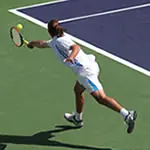
A fast serve can take less than a second to get to you, so you have to make a very quick response if you are going to return the ball with any sort of effectiveness.
The trick is to get your racket ready in the shortest possible time. If not, you will be late hitting the ball. Here are seven tips that can help.
1. The return of serve ritual.
The best returners have very specific rituals to help them return the fastest serves.
They most often take a forward step just as the opponent starts the toss. Then they take a split step just before the opponent makes contact with the ball. They watch the toss of the ball very closely and try to get a connection with the opponent's racket contact and their own preparedness.
The best returners then take a very abbreviated backswing that takes less than a second. Now they have enough time to meet the oncoming ball. If the ball is directed wide to the forehand, they don't move parallel to the sideline because the ball would be too far out of their reach.
To solve the problem, they move diagonally about 75 degrees towards the ball so that they are not pulled off the court.
2. Move in on kick serves.
If the server hits a kick serve, the returner also tries to keep control of the court by moving in and taking the ball before it kicks too high and wide. Moving in early can give you the opportunity to make a strategic return on this tricky serve.
3. My ball!
Good returners have some tricks they have learned that help them to react to the serve at minimal elapsed time possible. Psychologically, they don't separate the contact of the ball by the opponent and then their return.
What they do is to make the whole process of serve and return one entity using words like "my ball" just before impact so they can be at the highest alertness.
4. Return an imaginary ball.
Good returners also have another habit that can help improve their returns. When the opponent serves the ball in the net, they return an imaginary ball. Their objective is to make the initial decision of reading the direction of the ball before it hits the net. If they can accomplish this, they can also, by inference, return the fastest balls.
5. Watch the ball go by.
Another trick they use to prepare themselves to react more quickly is to have a big server bang serves to the opposite service court. By viewing the flight of the ball from an angle, the speed of the ball appears diminished.
They practice imaginary returns against these seemingly slower balls and trick their brain into responding more quickly. Experiment with some of these techniques and see which ones work best for you.
6. Give yourself more time.
If you find that you still can't react quickly enough, another way is to stand further back from the baseline. Each step you stand further back will give just that little bit extra time to meet the ball. And when it comes to returning big serves, every moment can help.
7. Slice fast balls.
Instead of trying to drive your returns, slice the ball. With a slice, the impact of the ball on your racket can be further back. It is also easier to control the ball with a slice and can buy you some time to get back into position on court if you've been pushed out of your comfort zone.
Dennis Van der Meer, known as the "pro's pro," has taught more people how to play and teach the game of tennis than anyone in the history of the game. For more information on adult tennis clinics, junior tennis camps, and their full-time tennis academy visit VanderMeerTennis.com.

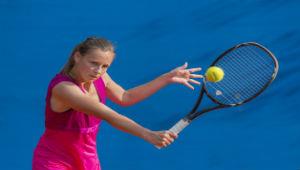
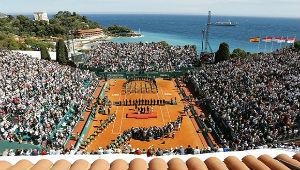
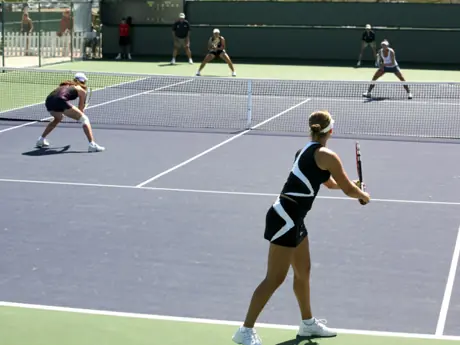
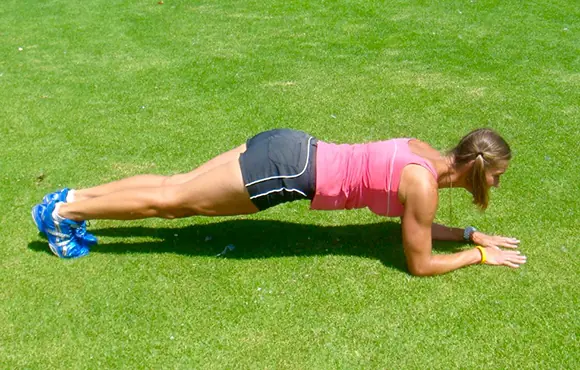
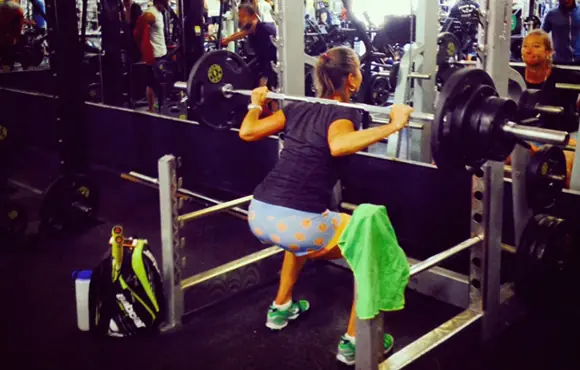

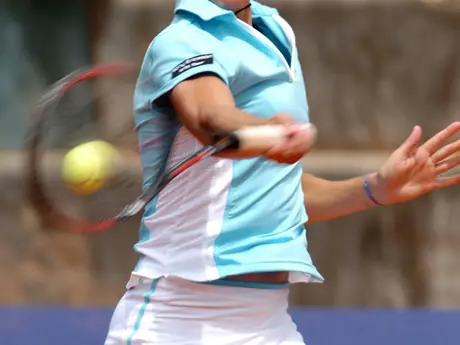
Discuss This Article